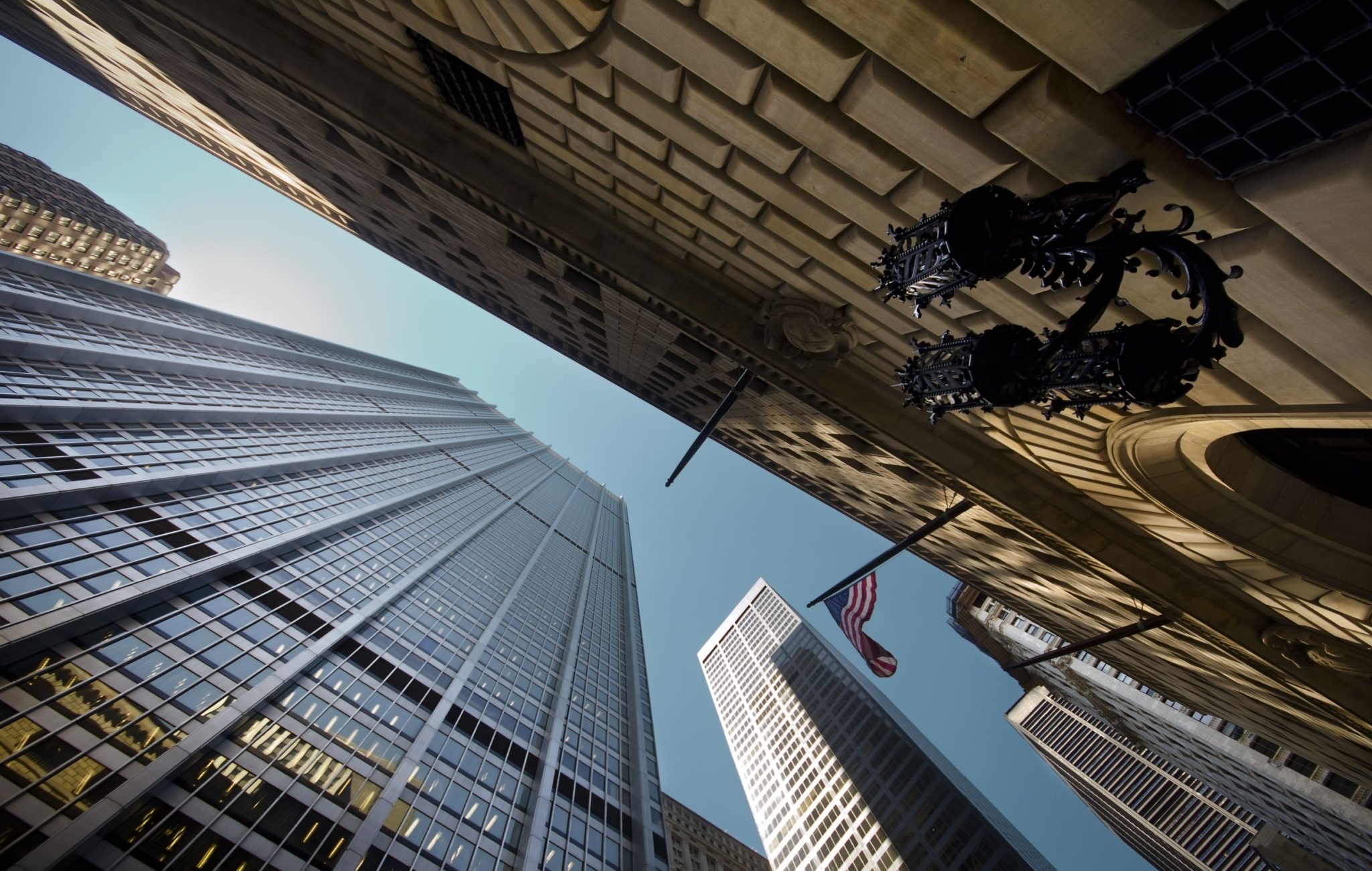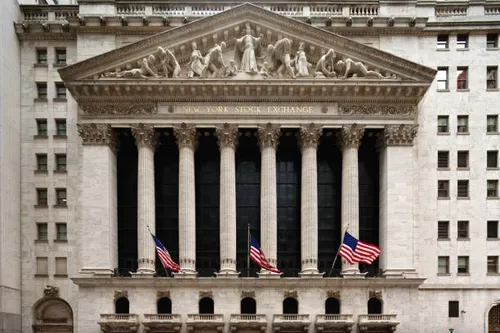Disinflation is no longer a blip, but a trend. The Bureau of Labor Statistics reported that the Consumer Price Index (CPI) increased 0.1 percent in May, down from 0.2 percent in April. The annual rate of change of 2.4 percent was almost identical to April’s and slightly lower than March’s.
Core inflation, which excludes volatile food and energy prices, also rose 0.1 percent last month. It has risen 2.8 percent over the past year.
As with previous months, shelter prices pulled up the average. “The index for shelter rose 0.3 percent in May and was the primary factor in the all items monthly increase,” the BLS noted. Much (if not all) of the excess shelter inflation can be attributed to measurement error: the shelter index lags market rents. As a result, the index for shelter tends to overestimate the rise in actual shelter prices during the later phase of a tightening cycle.
Ongoing disinflation presents a challenge for central bankers. Monetary policy passively tightens when inflation slows down. That’s because a given market (nominal) rate of interest corresponds to a higher real (inflation-adjusted) rate of interest when prices rise less quickly.
The current target range for the federal funds rate is 4.25 to 4.50 percent. Adjusting for inflation using the 12-month headline inflation figure yields a real interest rate range of 1.85 to 2.10 percent. If we use the annualized three-month figure (0.8 percent) instead, the range becomes 3.45 to 3.70 percent.
Fed estimates for the natural rate of interest — the real interest rate that equilibrates supply and demand in short-term capital markets — suggest monetary policy is currently tight. The New York Fed estimates the natural rate of interest was between 0.78 and 1.37 percent in 2025:Q1. The Richmond Fed’s median estimate for the same quarter is 1.76 percent. Inflation-adjusted market rates are higher than these estimates using the year-over-year price data, and much higher than these estimates using the annualized three-month data. This certainly looks like restrictive monetary conditions.
We must also consult monetary data. If the money supply is growing faster than money demand, monetary policy is loose; if slower, tight.
The M2 money supply is growing 4.45 percent per year. Broader measures of the money supply, which are liquidity-weighted, are growing between 3.99 and 4.03 percent per year. Money demand, which we estimate by adding population growth (1 percent according to the most recent census figures) to real GDP growth (2.06 percent in 2025:Q1), is growing about 3.06 percent per year. It looks like monetary policy is loose because the money supply is growing faster than money demand.
But remember, the first quarter’s GDP figures were artificially low because of a one-time import spike. A better estimate would incorporate expectations for 2025:Q2. The Wall Street Journal’s average forecast is 0.8 percent next quarter, 0.6 percent in the third quarter, and 1.1 percent in the fourth quarter. Hence it is likely the US economy is currently growing much faster than the 2025:Q1 figure would suggest. Higher real GDP growth means higher money demand growth. We are probably close to neutral, as measured by money supply and money demand.
The new CPI data reinforces recent Personal Consumption Price Index (PCEPI) data: inflation is falling, which makes monetary policy tighter. The Federal Open Market Committee (FOMC) next meets June 17-18, but they are unlikely to loosen policy. FOMC members have indicated they will keep the fed funds target range where it is. Tight money will continue for a while longer.
Restrictive monetary policy is appropriate in some sense. Inflation has been higher than the Fed’s two-percent target for three years. Furthermore, there is a worrying trend that inflation is settling into the 2.25-2.50 percent range. That would be unacceptable. The Fed cannot permit a long-run inflation rate that exceeds its target between 12.5 and 25 percent without losing major credibility.
Yet FOMC members must also worry about the opposite prospect: keeping money too tight for too long risks a recession. Prices, including those embedded in contracts, likely reflect the higher-than-average inflation rates we’ve experienced for the past three years. Should total spending on goods and services prove insufficient to justify those higher prices (due to excessive monetary tightening), the result might be reduced production and rising unemployment.
I would not want to be a central banker right now. Top Fed decision makers have some difficult times ahead. But they wouldn’t be in this situation if they hadn’t bowed to fiscal pressures during the coronavirus pandemic. Today’s frustrating policy tradeoffs reflect yesterday’s short-sighted deviation from sound policy. Until we change how the Fed works at a fundamental level, it will continue to find itself in pickles like this.
Anurag Dhole is a seasoned journalist and content writer with a passion for delivering timely, accurate, and engaging stories. With over 8 years of experience in digital media, she covers a wide range of topics—from breaking news and politics to business insights and cultural trends. Jane's writing style blends clarity with depth, aiming to inform and inspire readers in a fast-paced media landscape. When she’s not chasing stories, she’s likely reading investigative features or exploring local cafés for her next writing spot.






